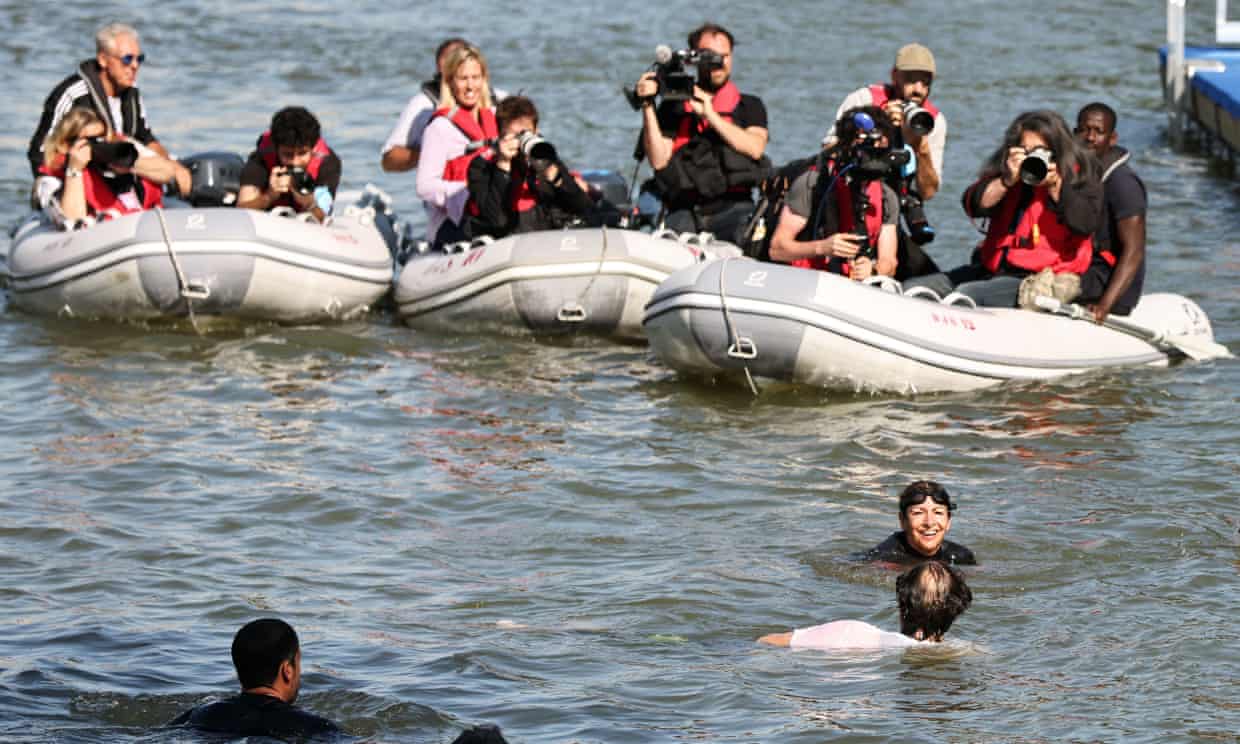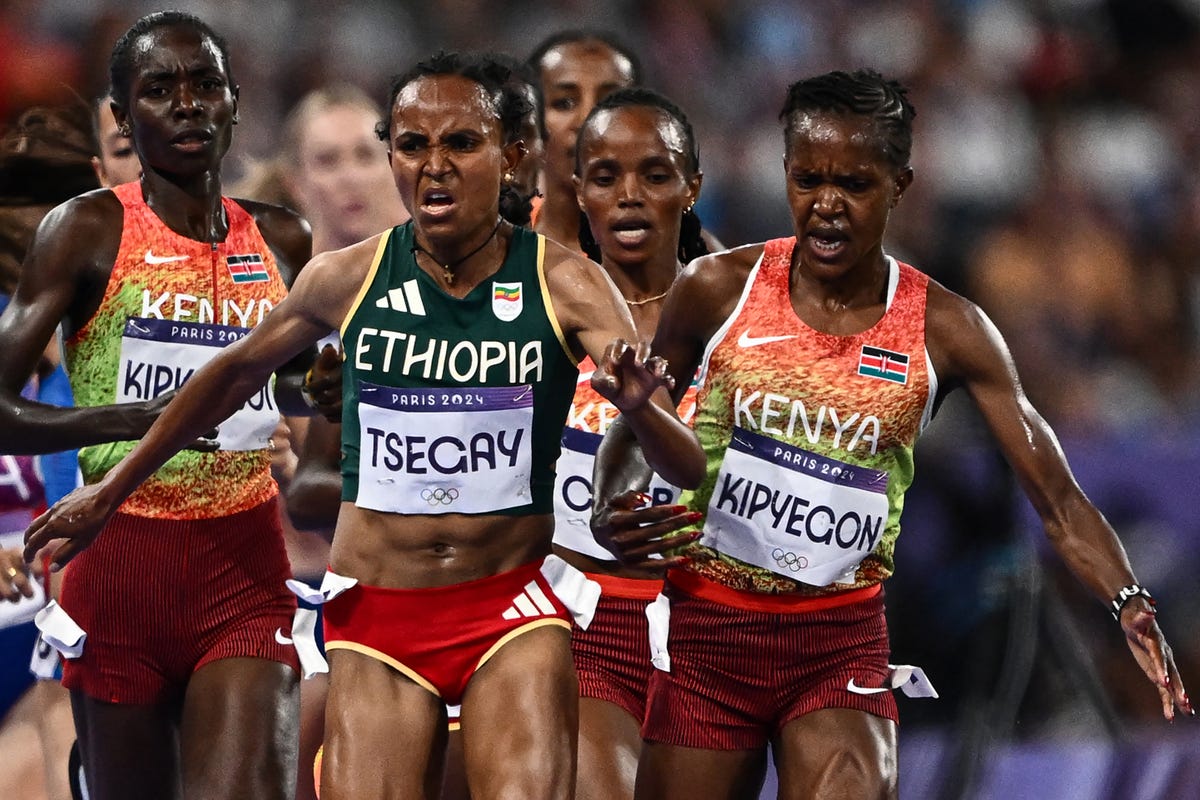Friday, 6 September 2024
Friday Five: Cat Memes
Tuesday, 3 September 2024
Olympic Stream of Consciousness: Other Water Stuff
Friday, 30 August 2024
Friday Five: Books Read in August
- Roseblood by Paul Doherty (Headline) - In 1455 as war approaches, the House of York and Lancaster battle things out with a sick Henry VI on the throne. There is a lot of assumed knowledge about who is on which side before we even get to the multiple turncoats. The plot revolves around a secret diary containing incendiary claims - “A chronicle of scandalous secrets affecting the royal family as well as that of the good duke [York]. It is the work of a former royal physician.” Many people are searching for it, to claim legitimacy or otherwise to the throne. The villain of the piece is LeCorbeil (French for crow, which is depicted on the standard), “LeCorbeil is many things: a town in Normandy, the place of a hideous massacre; the name of a Frenchman who hates the English Crown, and Beaufort in particular; as well as a group of mercenaries skilled in the crossbow.” Besides the death and slaughter, there are many historical descriptions and set pieces, but they are no substitute for strong characterisation, leaving this a difficult novel with which to engage.
- Gingerbread by Helen Oyeyemi (Picador) - For this magical realism in a dark-fairytale-that-could-easily-cross-to-horror sort of way rather than the twee and sparkly kind, the comparisons with Angela Carter are well deserved. Perdita Lee, a girl who is depressed and may take her own life (and whose name literally means 'lost'), lives with her mother, Harriet, in West London. She has a strange quartet of dolls in her bedroom, who are partly plants (elms, palm trees, crimson petals and living hair), and other furnishings also seem alive. Harriet bakes gingerbread with magical and potentially healing properties, as she tries to ingratiate herself with the PTA. Perdita is in a deep coma: has she taken an overdose, eaten too much gingerbread, or visited Druhástrania? This is a fantasy land where Harriet's best friend, Gretel, lived. Perdita goes to find Gretel and experiences adventures with wells, magic beans and a world of characters that may or may not come from Harriet's past. Gingerbread is an orginal, compelling and disturbing work from a bright British talent.
- The Songlines by Bruce Chatwin (Picador) - Bruce Chatwin was a journalist for the Sunday Times. He wrote Songlines in 1987 as part of his fascination with travel and nomadic lifestyles. Songlines connect the land and its stories for Indigenous Australians and each tribe has their own way of singing the land to understand its past, present, future and the way it connects us all. The book blends fiction and non-fiction and is part memoir; part travelogue and part anthropology, as a fictional character named Bruce travels to Alice Springs and joins a land surveyor mapping a proposed rail route to Darwin. Although beautifully written with marvellous descriptions, the tone is very much of the time and feels inappropriate now as an 'otherisation' of Indigenous Australian culture and a certain white superiority in trying to describe it: while trying to ascertain the sacred sites which should not be touched by the railway, he climbs Uluru, which he calls Ayers Rock, without apparent irony. It is a bold attempt to explain a culture, but it is an impossible task and problematic at best.
- The Wife's Secret by Barbara Hannay (Penguin) - While travelling in Townsville, this was recommended to me by a bookseller, due to the fact that Hannay is a local author. I would not have read it otherwise. It's what's known as a 'second-chance romance' as Lisa and Rolf have divorced; he has moved north to be an author, and she has remained in the coastal town to do something-or-other wholesome. When Dave sets up a restaurant, Lisa may find love again, but when Rolf returns with a glamorous actress and young publicist, she may not. This is played out against the background of a cyclone and a community coming together. It's supposed to be feel-good and heartwarming, and according to many reviews on Goodreads, it is.
- The Marriage Portrait by Maggie O'Farrell (Tinder Press) - With over 400 pages, this novel takes a long time to say not very much, but it does so with clear images and descriptive prose. Lucrezia di Cosimo de’ Medici d’Este was married to Alfonso II in 1558, aged 13. She died three years later of pulmonary tuberculosis, but almost immediately after her death there were rumours that she had been poisoned on the orders of her husband. Maggie O’Farrell has taken this concept and expounded upon it, with imagined emotions and a twist or two. She makes much of the fact that women had no autonomy and were the chattels of their male relatives, forcing a feminist revisionism into an anachronistic historical period. The portrait, which is a major plot point (and didn’t actually exist) is painted by several different people who specialise in different aspects – one does cloth; one does hands; another the landscape. The supposed twist is obvious, and the ending is unsatisfactory.
Tuesday, 27 August 2024
Olympic Stream of Consciousness: Gymnastics
Friday, 23 August 2024
Friday Five: Dressage Moves
And so to the horse dancing. Of course, it is easy to be dismissive of these things when you know nothing about them, but the more I engaged with the sport, the more I started to understand the harmony between the horse and the rider, and the way they move together through guides and hints. And I love jargon and vocabulary as much as anyone, so it's always fun for me to learn new descriptions. Here are some moves that are on display.
- Collected Canter - the horse arches his neck and shifts weight to hind quarters to move in a 'showy animated manner'.
- Extended Trot - the horse shows a clear lengthening of frame and stride while maintaining the quality of the trot across the ground.
- Flying Change - the horse switches direction and drives with the opposite leg in this movement.
- Half Pass - the horse moves forward and sideways at the same time.
- Leg Yield - this is where the horse moves forward and sideways slightly bent and flexed away from the direction in which he is travelling.
- Passage - very collected trot, elevated and giving the impression of being in place.
- Piaffe - collected trot on the spot.
- Pirouette - The horse is turned through 360 degrees - in walk, canter or piaffe - by pivoting aound the inside hind leg.
- Tempi - An exercise where a sequence of flying changes and canter leads are put together.
- Travers - the horse is flexed in the direction of travel.
- Zig Zag - More than two half passes in a row.
Wednesday, 21 August 2024
Olympic Stream of Consciousness: Track Cycling
 |
| Ethan Hayter slips from his saddle in the Men's Team Pursuit |
 |
| Kristen Faulkner wins her second gold in two different disciplines |
 |
| Neah Evans gets back on her bike after this crash and finishes the race |
Sunday, 18 August 2024
Olympic Stream of Consciousness: Athletics
At the beginning of each day's events, someone comes out and bangs a stick three times. Apparently it is at the start of every event (for example, Billie Jean King did the honours for the tennis at Roland Garos), but I have only noticed it at the athletics so far. The stick is called a brigadier and it is banged three times - 'les trois coups' - to call for silence and bring the crowd to attention.
It has been introduced to these Games, but it's a tradition that has been used in French performances for years. Some scholars say les trois coups harkens back to France's first professional theatre, during the Middle Ages, when it was said to evoke religious symbolism - the three blows representing the Holy Trinity. Paul Gousset, a former technical director of the Royal Opera of Versailles, has explained the use of the three blows before a stage play "as signalling a final check that all was in readiness to begin the production." That series of blows was meant to communicate, not to the audience but to the backstage crew: "The head technicians above the stage, below it and on the opposite side to the brigadier, would each give a single blow to show that their area was ready to proceed."


































